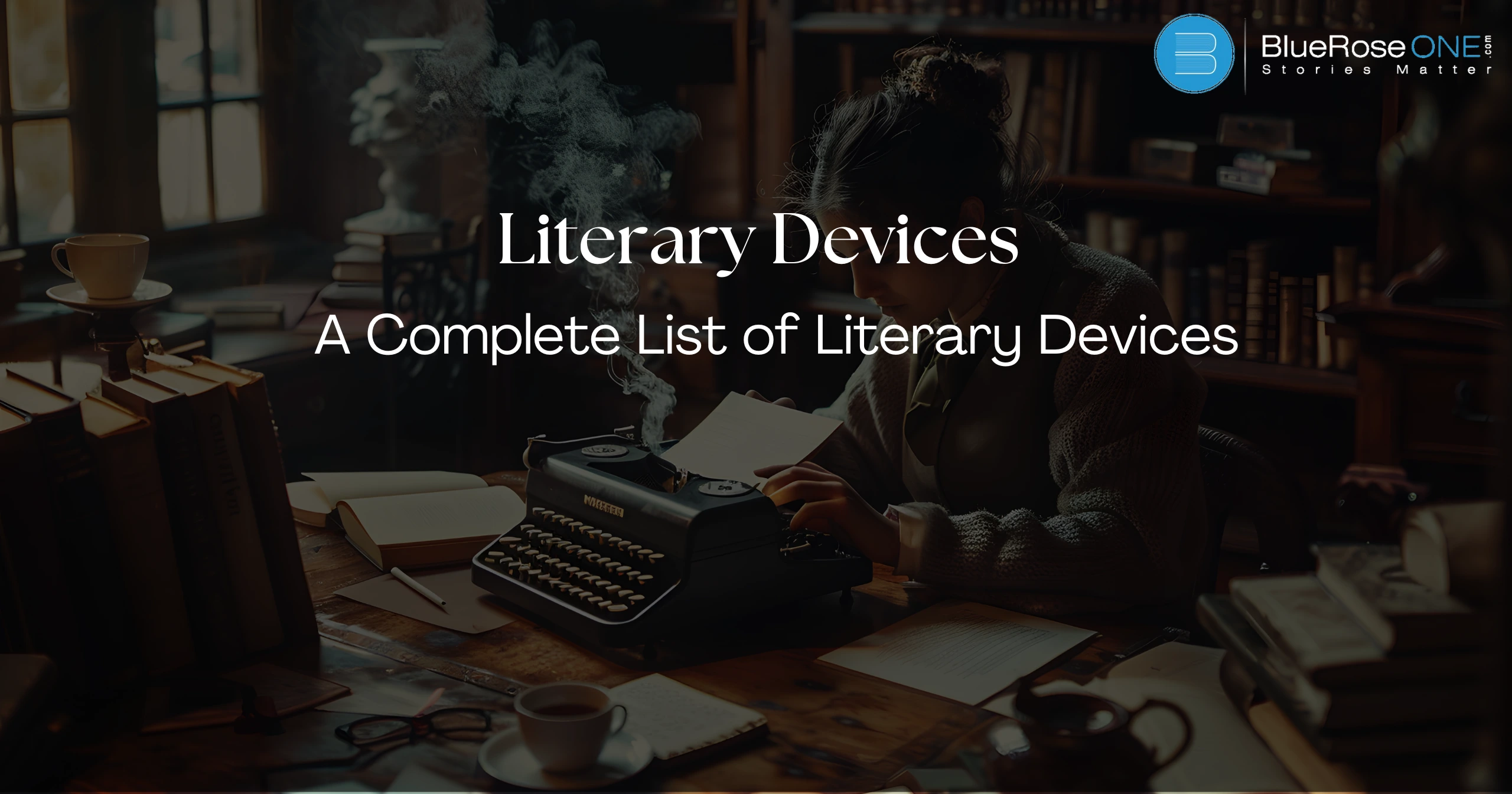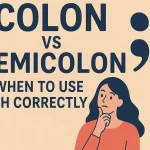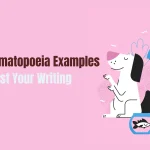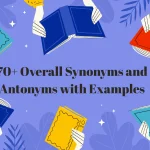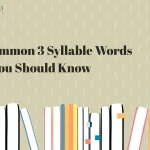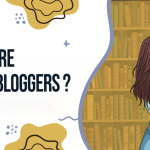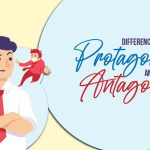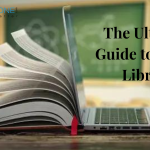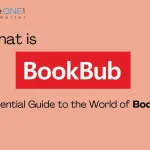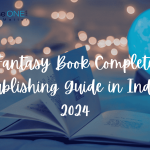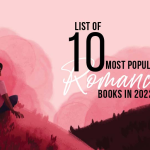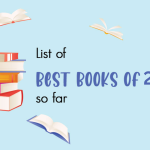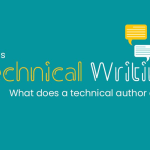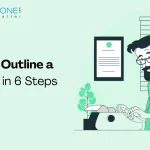Literary devices are the building blocks of storytelling. They help transform ordinary writing into something memorable, giving readers a richer experience. Whether it’s a novel, poem, or play, literary devices are what bring the text to life. Writers use these techniques to convey meaning, evoke emotion, and add layers to their narratives. This article will explore what literary devices are, why they matter, and a comprehensive list of the most common and advanced techniques used in writing.
You may also like: How to Avoid Plagiarims in Assignments: 10 Easy Steps
What are Literary Devices?
Writers employ literary devices as tools to convey their thoughts, improve their stories, and draw readers in. These tactics can be found in word choice, phrase construction, or the way themes and characters are introduced. In a nutshell, literary devices are instruments used by writers to convey meaning.
Types of Literary Devices
Literary devices come in a variety of forms, from simple instruments like metaphors and similes to more intricate strategies like allegory and paradox. Literary components and literary techniques are the two main categories into which literary devices are divided. While literary approaches are unique to each writer and their styles, literary aspects, such story and character development, are present in all written works.
You may also like: Positive Character Traits And Why They Are Crucial
Why Are Literary Devices Important in Literature?
Enhancing Reader Experience
By giving the story more depth and complexity, literary devices are essential to improving the reading experience for the reader. By using devices like metaphors, symbolism, and foreshadowing, writers can evoke strong feelings and vivid imagery in the reader, which increases the text’s level of engagement. By bringing readers into the story, these techniques enable them to empathize with the characters and ideas on a deeper level. Writers can create stories that have a lasting effect and enhance reading enjoyment by skilfully utilizing literary devices.
Building Depth and Meaning
Since they give a story more depth and meaning, literary devices are crucial to literature. Through tools like symbolism, imagery, and metaphors, authors can convey complicated concepts and emotions in a nuanced way. These strategies make the story more captivating by enabling readers to relate to the characters and themes on a deeper level. Simple stories can become complex, multi-layered works that stay with readers long after the last page is turned by authors through the use of literary methods.
You may also like: 30 Examples of Epigrams to Motivate and Enhance Your Writing
Common Literary Devices Used in Writing
Alliteration is a literary trick in which a sentence’s subsequent words all start with the same consonant sound. It can help phrases become more memorable by adding emphasis, rhythm, and melody. Alliteration with the “s” sound is used, for instance, in the sentence “She sells seashells by the seashore.” Alliteration is a common technique used by writers to draw readers in and improve the overall flow of their work. When used as a literary method, alliteration works particularly well to produce a rhythmic or melodic effect in speeches, prose, and poetry.
A common literary device that draws attention to the discrepancy between appearance and reality is irony. It happens when something happens that isn’t expected to happen, or when a character says one thing but really means another. Dramatic irony is one instance where the audience is aware of information that the characters are not. Through contrast, reader engagement, and the addition of levels of meaning that deepen the narrative’s complexity, irony gives the story more depth.
Synecdoche is a literary device where a part of something represents the whole, or the whole represents a part. For example, using “wheels” to refer to a car or “the crown” to symbolize a monarchy. Writers use this technique to create strong imagery and deeper meaning in their work. It helps readers make connections between ideas and objects in a simple yet impactful way, making synecdoche a popular tool in various forms of literature.
You may also like: Top 10 Tony Robbins Books That Inspire Success and Change
Allusion is a literary device in which an author alludes to a well-known character, occasion, or artistic creation typically without explicitly acknowledging it. By establishing links between the text and the mentioned subject, this aids in the creation of a deeper meaning. Using “Pandora’s Box” as an example alludes to the Greek story of unexpected consequences. By adding levels of meaning that readers who are already familiar with the reference can readily recognise, allusions can improve storytelling. They are frequently employed to enhance characters or ideas.
Personification is a literary device in which ideas, objects, or animals are given human characteristics. This strategy makes non-human aspects relatable, which encourages readers to empathize with them. Saying something like “the wind whispered through the trees” gives the wind a human gesture and conjures up a striking picture. Writers can improve their narrative and make it more memorable by employing personification. Knowing personification and other literary strategies can help readers appreciate books on a deeper level.
Anaphora is a powerful literary device that involves the repetition of a word or phrase at the beginning of subsequent clauses or phrases. This method boosts the writing’s emotional effect by establishing rhythm and emphasizing important topics. For instance, Martin Luther King Jr. used the words “I have a dream” often in his well-known address to encourage optimism and unification. Anaphora is simply one of many literary methods that writers utilize to interest readers and express their views effectively.
A potent literary tactic, imagery engages our senses and makes it easier for readers to picture scenes and feel emotions clearly. Writers conjure up images in the reader’s mind that include sounds, tastes, textures, scents, and views by using descriptive language. For instance, a writer would write, “The vibrant red roses bursting with dew, their sweet fragrance filling the air,” rather than, “The flowers were beautiful.” As a result, imagery becomes a crucial part of literary methods, strengthening the reader’s bond with the text and expanding their comprehension of the characters and surroundings.
You may also read: Foreword vs Preface: Know the Difference
A simile is a literary device in which two different things are compared with the use of the terms “like” or “as.” By using this technique, descriptions become more relatable and interesting for readers by generating vivid pictures. Saying “Her smile was like sunshine” for instance, immediately conjures up strong emotional and visual images. Similes help authors convey stories more effectively and help readers relate to characters and topics on a deeper level. Similes are fundamental literary strategies that enhance the reading experience for the reader overall.
The literary device known as consonance describes the near repetition of consonant sounds inside a sentence or phrase. By using this technique, a piece’s musical quality is improved and its readability is increased. Consonance can occur at any point in a word, as opposed to alliteration, which concentrates on the introductory sounds of syllables. Consonance is a useful technique among other literary methods since writers frequently utilize it to establish rhythm and highlight specific emotions or topics.
You may also like: Top 10 Best Leadership Books in Literature to Inspire Your Journey
Exaggerating a phrase to enhance emphasis or a dramatic effect is a frequent literary practice known as hyperbole. Saying something like “I’ve told you a million times” conveys the speaker’s frustration more than if they were to quantify how many times they had said the same thing. This technique makes writing funnier or more intense, which draws readers and. Writers can improve their stories and more effectively communicate emotions by knowing how to use exaggeration and other literary strategies.
When comparable grammatical structures are employed in a sequence of phrases or sentences, it is known as parallelism, and it is a potent literary device. By improving rhythm and clarity, this method makes concepts more comprehensible and remembered. The recurring structure of the well-known phrase “I came, I saw, I conquered,” for instance, highlights the speaker’s decisive deeds. Writers can make a powerful impression and increase the persuasiveness and interest of their work by employing parallelism. Reading comprehension of literary elements like parallelism enables readers to enjoy the richness and beauty of language.
You may also like: The Role of Interior Book Design: Why Formatting Matters
A potent literary trick called foreshadowing is used to allude to events that will happen later in a novel. Subtle hints or clues are used by writers to establish suspense and anticipation for future events. This device deepens the narrative, allowing readers to engage more intimately with the plot and characters. A crucial tool for improving narrative and improving the reader’s experience, effective foreshadowing may turn a routine story into an engrossing trip.
You may also like: Book Promotion Mistakes to Avoid: What Authors Need to Know
A literary device known as a paradox is when a sentence is presented that, at first glance, seems contradictory but actually reveals a deeper reality. It pushes readers to consider the ideas being offered critically. For instance, the adage “less is more” implies that the effect can be increased by simplicity. In poetry and prose, paradoxes are frequently employed to highlight difficult concepts and elicit reflection. Writers can improve their writing and make it more interesting and thought-provoking for readers by using paradoxes.
Satire is a common literary method that makes fun of or criticizes individuals, groups, organizations, or social mores by using irony, humor, or exaggeration. Satire urges readers to consider difficulties in real life by drawing attention to the shortcomings and absurdities of its subjects. Satire was a useful tool used by writers such as Jonathan Swift and Mark Twain to make observations about politics, morals, and human nature. This literary strategy is crucial to the way stories are told since it not only entertains but also stimulates thought.
You may also like: Best Udemy Courses for Self-Published Authors
How to Use Literary Devices in Your Writing
Start Simple
It’s best to start small when adding literary elements to your writing. Start with a few fundamental literary strategies, such alliteration, similes, and metaphors. With the help of these resources, you may improve your narrative without boring your audience. For instance, utilizing a metaphor can create vivid images, while alliteration can bring rhythm to your work. Once you have mastered basic literary devices, you can go on to more advanced ones, which will improve your writing and draw readers in.
Match the Tone of Your Writing
It’s critical to align the tone of your writing with the literary strategies you employ in order to properly interest readers. A story’s mood is influenced by literary elements including tone, metaphor, and imagery. Humour and amusing language can be used in a light-hearted tone, but tactics that portray depth and emotion work best in a serious tone. You may craft a compelling story that connects with your readers and improves their reading experience by matching your tone to the right literary elements.
Experiment with Advanced Techniques
Experimenting with sophisticated literary device strategies is essential to improving your work. These devices, which include symbolism, foreshadowing, and metaphors, can give your story more nuance and complexity. You can arouse powerful emotions in your readers and conjure up vivid imagery by using these ingredients. To create original storytelling, experiment with combining several literary strategies and observe how they work together. Adopting sophisticated literary strategies will assist you in creating a distinctive style and improving audience engagement.
You may also read: How to Write a Book Description That Grabs Readers
Conclusion
Literary devices are the unsung heroes of great writing. Whether you’re a budding writer or an avid reader, understanding these tools can enrich your appreciation of literature and improve your writing skills. Remember to experiment, but always keep your audience in mind when using literary devices.

